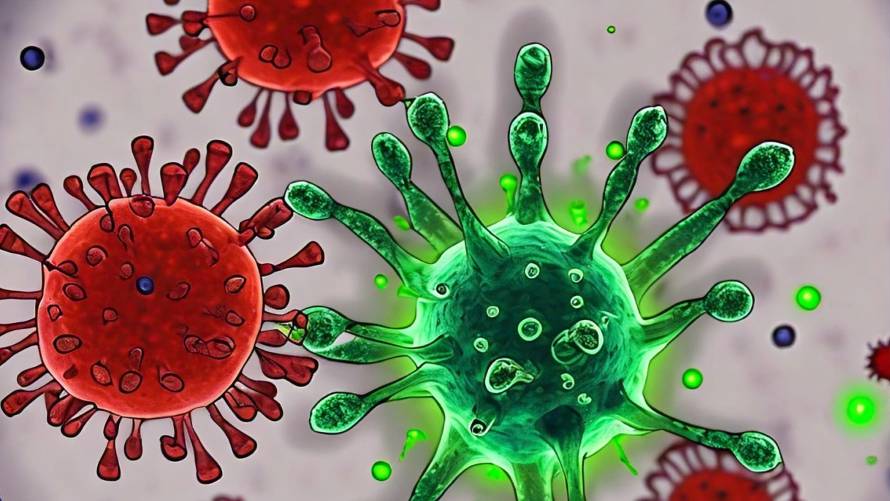Researchers at the University Hospital Bonn and the University of Bonn in Germany have developed a new type of genetically modified mouse that allows them to simultaneously identify cells that produce and respond to chemokines. Chemokines are signaling proteins that help coordinate the immune response against infections and cancer. Using this new tool, called Ccl3-EASER mice, the scientists made a surprising discovery about how the chemokine Ccl3 helps fight off cytomegalovirus (CMV) infections.
Natural Killer Cells Are the Main Ccl3 Producers
Previously, scientists thought that certain immune cells called macrophages were the main producers of Ccl3 during CMV infections. However, the Bonn team found that natural killer cells, or NK cells, are actually the most important source of this chemokine. NK cells are a type of white blood cell that can directly destroy virus-infected cells in the body. The researchers discovered that NK cells are always ready to rapidly produce Ccl3 whenever a viral infection occurs.
“Until now, it was thought that certain macrophages, cells which colonize all organs as immune guardians, produce Ccl3 to attract antiviral immune cells,” said Prof. Dr. Christian Kurts, one of the study’s senior authors.
NK Cells Also Respond to Their Own Ccl3 Signals
In addition to being the main producers of Ccl3, the scientists found that NK cells are also the primary cells that respond to this chemokine during CMV infections. This means that Ccl3 acts as a signal through which NK cells communicate with each other to coordinate their antiviral activities.
“The experimental strategy used here is completely new. It can also be used for messenger substances other than Ccl3, which are released during various infections, diverse forms of inflammation or cancers,” said Dr. Maria Belen Rodrigo, the study’s first author.
The Bonn team’s work provides new insights into the complex interactions between immune cells during the body’s defense against viruses. Their novel Ccl3-EASER mouse model could be a valuable tool for further unraveling the roles of chemokines in health and disease.
If our reporting has informed or inspired you, please consider making a donation. Every contribution, no matter the size, empowers us to continue delivering accurate, engaging, and trustworthy science and medical news. Independent journalism requires time, effort, and resources—your support ensures we can keep uncovering the stories that matter most to you.
Join us in making knowledge accessible and impactful. Thank you for standing with us!

